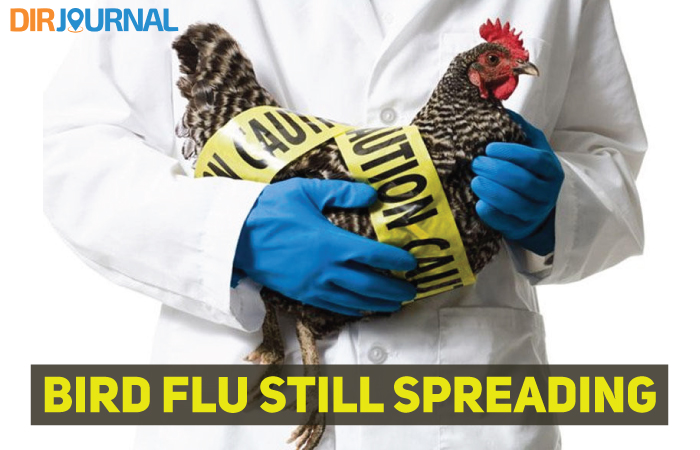When the bird flu first appeared in Asia, the world took note. There was great fear that bird flu epidemic would spread into other countries and cause substantial harm to the world population. Then, after a mass slaughter of poultry, the disease was quieted and fell from the public’s attention. Now the bird flu, or H5N1, is regaining attention as the confusing and dangerous disease is once again rapidly spreading.
The Return of the Bird Flu
While most of the western world forgot about the bird flu after the initial scare, it never truly disappeared. H5N1 resurfaced in 2003 and has been spreading rapidly ever since. The disease which began in isolated cases in Asia has now spread throughout most Asian countries, the Middle East, Africa and Europe. As it spreads the disease is also claiming human lives and the lives of countless birds. 211 people have been killed in more than 60 countries since 2003, and while many countries now vaccinate poultry, hundreds of millions of birds continue to die as well.
Understanding the Bird Flu
Unfortunately, over the ten years that the disease first appeared, little has been discovered that can explain the disease or calm the world’s once again growing fears. Scientists have been unable to discover why the flu appears and how it transfers to humans. More puzzling is why it transfers to only certain humans and how the disease is actually spread between people.
There are clues among human infections that H5N1 can spread through limited contact as a family in Pakistan was infected with no new infections occurring throughout the country. The season also seems to affect the number of infections. As colder temperatures appear, the number of reported cases of bird flu rise, much like influenza. But this still doesn’t explain the international migration of the disease – it would appear only wild birds can do that.
Dealing with the Disease
While there doesn’t seem to be any stopping the disease, vaccinations have helped to protect poultry for human consumption in many countries. The disease also seems to spread from infected birds to humans rather than from one human to another, except possibly in the case of isolated families in close contact. Now that farmers and poultry consumers in countries dealing with the bird flu are experienced in handling the disease, they are making concessions to keep poultry and human populations safe.
Dead animals are now reported immediately as farmers gain compensation for reporting animals and dealing with containment. Citizens are careful to thoroughly cook the meat and eggs to protect themselves from infection. Live birds are hard to find in markets as all birds are now slaughtered and bagged wearing heavy gloves for protection prior to sale. But even with precautions, one major consideration has scientists and the public afraid.
It is still very possible, and some would argue likely, that H5N1 will develop into a new deadly strand of virus that can be passed easily from human to human. If that does happen, the world will be facing a true pandemic.














Well its here in Canada also….and I am begining to wonder if our goverments are not investing into research on the matter.
Fabian